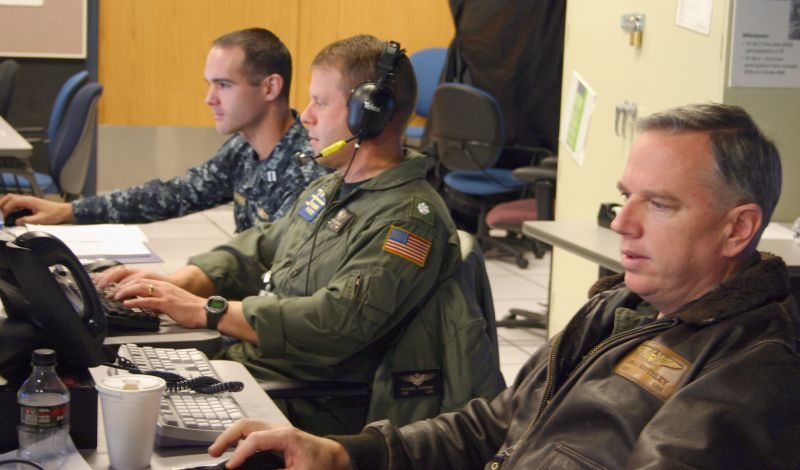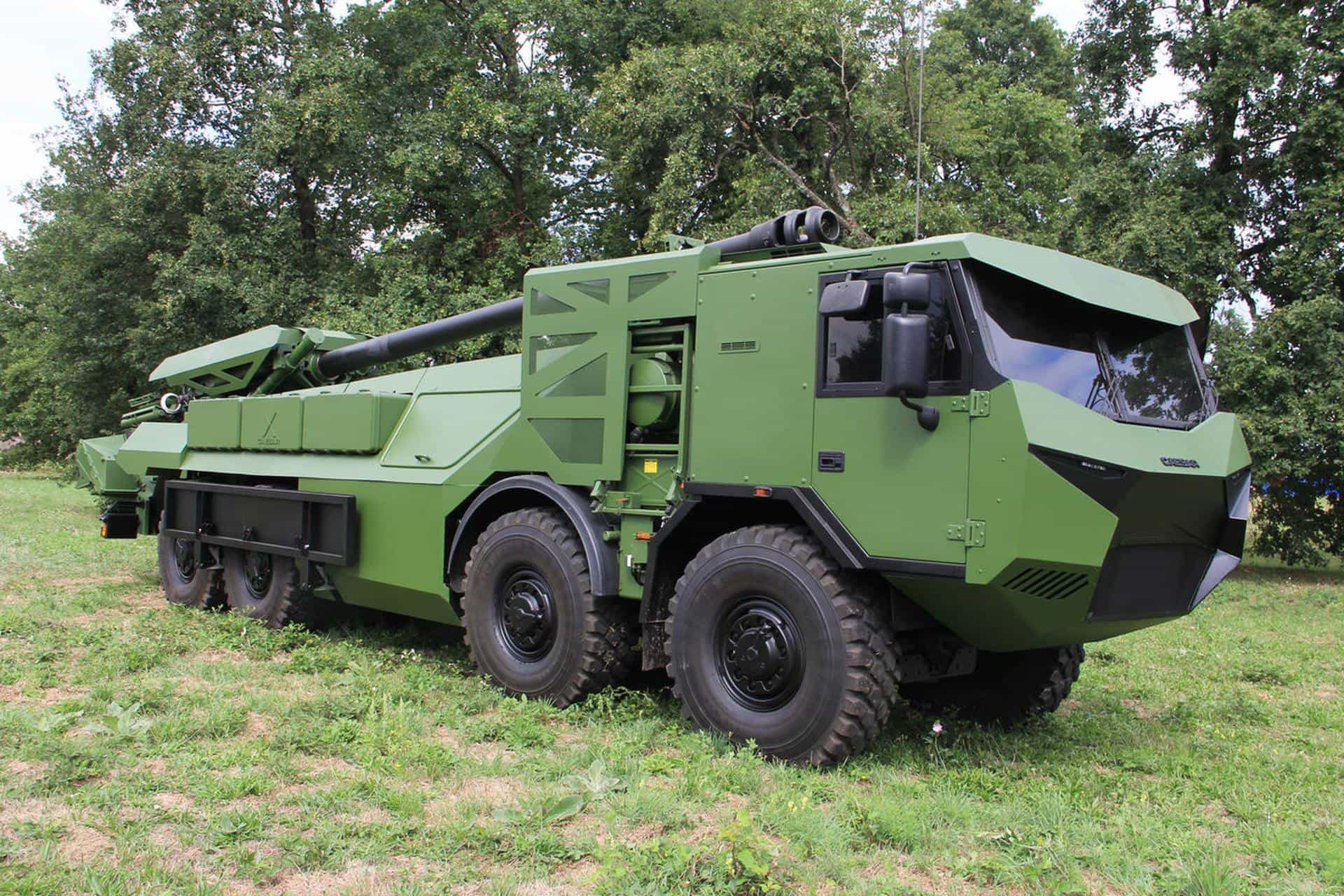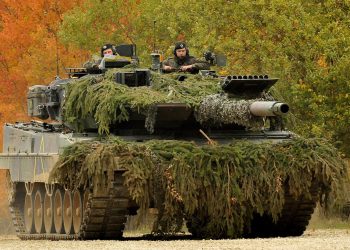The Defense Department must institute a “fast lane” that is more agile than traditional requirements, acquisition and budgeting, the undersecretary of defense for acquisition, technology and logistics said here today.
Ashton B. Carter told an audience at the Brookings Institution that supporting the wars in Iraq and Afghanistan calls for rapidly fielded new capability, agile logistics and careful contingency contracting.
“Going forward, we need to institutionalize a fast lane in the department in some way,” Carter said. “It’s not only necessary for the wars we’re in, it’s really necessary for the tempo of technological change and the way the world changes.”
Today, the Pentagon’s ad hoc fast lane is formally called the Senior Integration Group, chaired by Carter and Robert Neller, director of operations for the Joint Staff, and created by former Defense Secretary Robert M. Gates.
“That is the mechanism Secretary Gates set up to overcome his frustration with the department’s general inability to be agile and quick, which is true,” Carter said.
“The system we have is designed to be deliberate and not to be quick,” he added. “That’s a problem all by itself, even in our normal programs, [and] it’s completely unacceptable when you’re in the middle of a war.”
Carter, who just returned from Afghanistan, said the focus of activity there now “is to ensure that the force in Afghanistan, which President [Barack] Obama has directed be reduced in size, nevertheless continues to grow in capability.”
That objective can be achieved in several ways, Carter said.
One is to continue to provide more of what Carter calls enablers — intelligence, surveillance and reconnaissance, or ISR, technology and the capability to detect roadside bombs.
“The second way we can increase capability is by using fewer deployed soldiers, sailors, airmen and Marines to accomplish tasks that don’t require uniforms or physical presence in Afghanistan,” he said. A long-standing example, Carter told the group, is the way the United States flies remotely controlled unmanned Predator and Reaper aerial vehicles from Creech Air Force Base in Nevada.
Making the Afghan security forces more capable in the years ahead is another way to reduce the number of U.S. forces while maintaining capability in Afghanistan, he said.
Describing actions being pursued in the area of rapid and responsive acquisition and fielding, Carter said a second surge of equipment to Afghanistan that Gates began in January is now delivering.
“You can see that everywhere in the country,” he said.
The number of aerostats — moored balloons enabled with sensors for persistent ISR — is doubling, for example, he said. These, he explained, are especially critical for use over outlying facilities and roadways.
Unattended ground sensors are becoming useful in Afghanistan now that more areas are being cleared and held, Carter said, and the all-terrain, mine-resistant, ambush-protected armored fighting vehicles in Afghanistan are getting underbody improvement kits that increase their resistance to bombs.
Clearing and holding areas in solidifying security in Afghanistan also increases the number of dismounted operations, he added, “and they require somewhat different kinds of equipment and tactics than the mounted operations that were the focus initially.”
Troops are learning and adjusting to a changing enemy and from their own experience, he said, and training still is critical.
“I’ll be going out to training ranges in the next couple of months to make sure that troops rotating into Afghanistan have seen and had the experience of training on the equipment before they fall in on it in country,” Carter said.
In the area of logistics, “the miracle of 2010” continues in Afghanistan, thanks to the efforts of “Log Nation” — the totality of military commands, defense contractors, DOD civilians and commercial contractors who support DOD logistics.
“It’s amazing what Log Nation is capable of doing and does every day there,” he said.
The miracle, Carter said, refers to getting tens of thousands of troops and their equipment into “a land-locked country with very parsimonious internal lines of communication” for the Afghanistan surge.
In the area of contracting, he said, “we do a lot of contingency contracting,” or direct contracting support to tactical and operational forces, to ensure warfighters have what they need.
“[We’re] always trying there to balance effectiveness and efficiency and make sure we have enough contracting officers [and] contracting officer representatives,” he added. “We still have work to do, but we are making progress not using cash payments and otherwise trying to minimize opportunities for fraud, corruption or just a bad deal as we do our contingency contracting.”
Meanwhile, back at home, Carter said, there are wars of a different kind — budget wars.
Gates and his successor, Defense Secretary Leon E. Panetta have made it clear that the Defense Department is entering a new era in defense spending that is going to require changing the way it does business, Carter said. Obama and Congress have also made it clear, he added, that the defense budget, which is about 20 percent of the total federal budget, must be part of the reduction in spending over the next 12 years.
“As we have assessed how to accomplish [this] task, first Secretary Gates and now Secretary Panetta have undertaken a comprehensive review of the impact of budget reductions on force structure and capability and ultimately on missions and America’s role in the world,” Carter said.
Comprehensive, he added, means that everything must be on the table.
The comprehensive review is under way and making progress, he said, but it already has revealed that:
- The new era will require a different mind set for government and industry managers and their congressional overseers;
- It’s important to proceed not by subtraction alone but by a vision of the military needed in the future; and
- However large the budget is, every dollar must count.
“The president, the secretary and the taxpayers are going to expect us to make every dollar we do get count,” Carter said. “In short, they want better value for the defense dollar,” he added. “It’s what the country should expect, no matter what size the budget is.”










